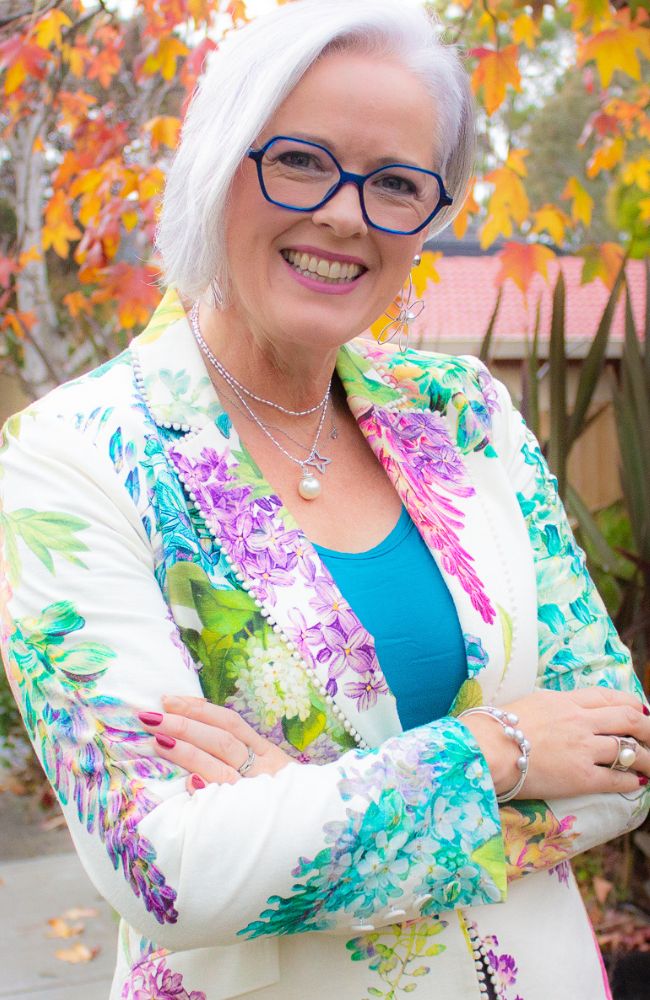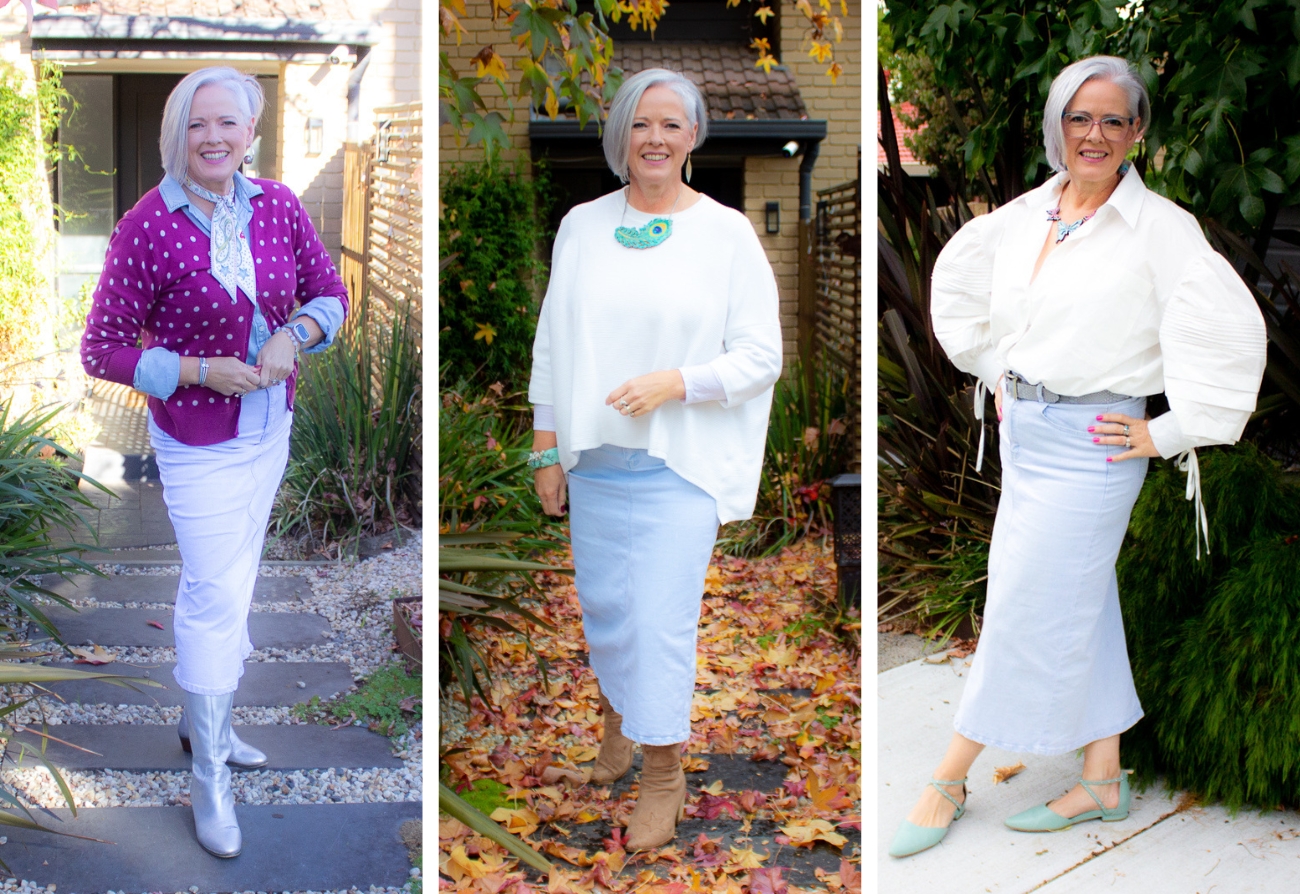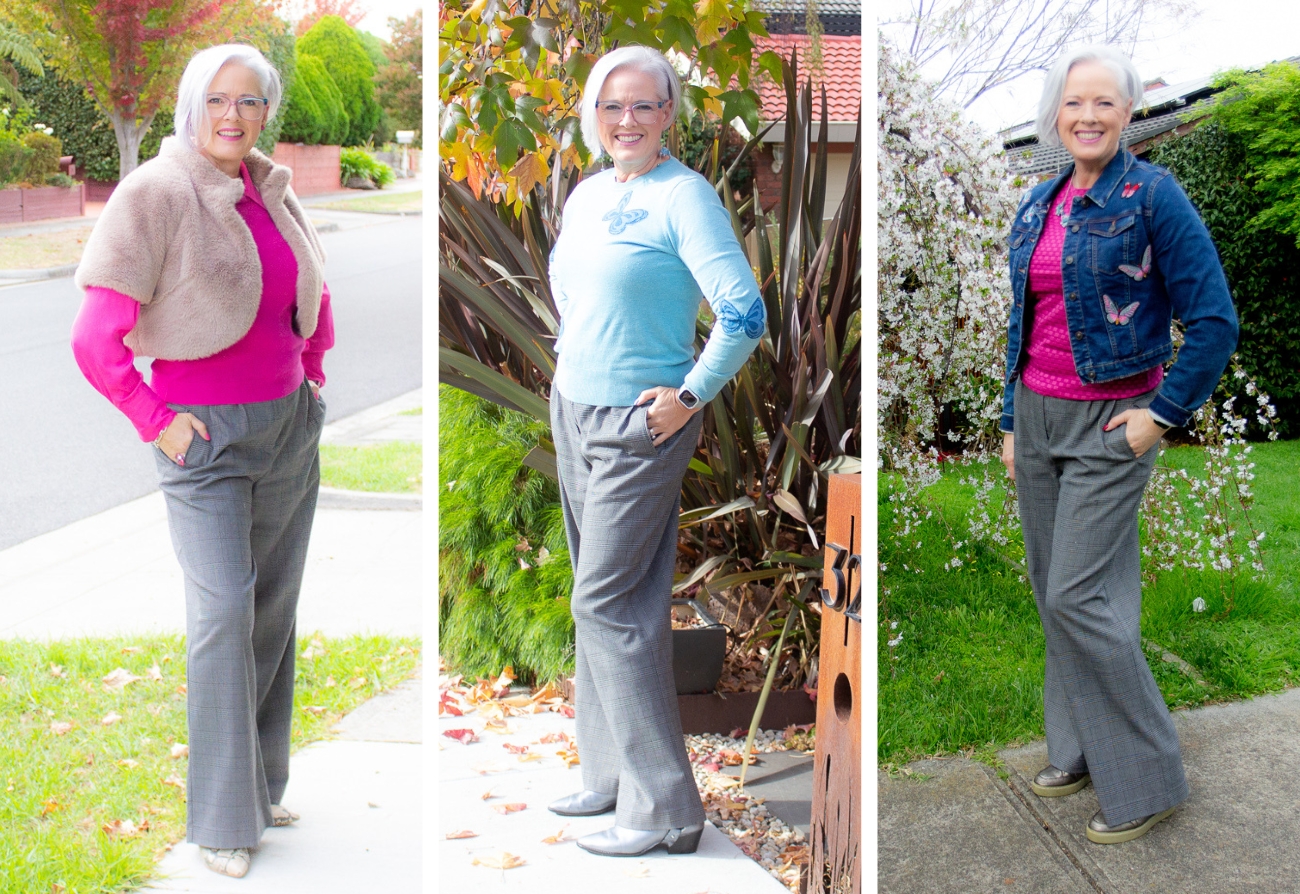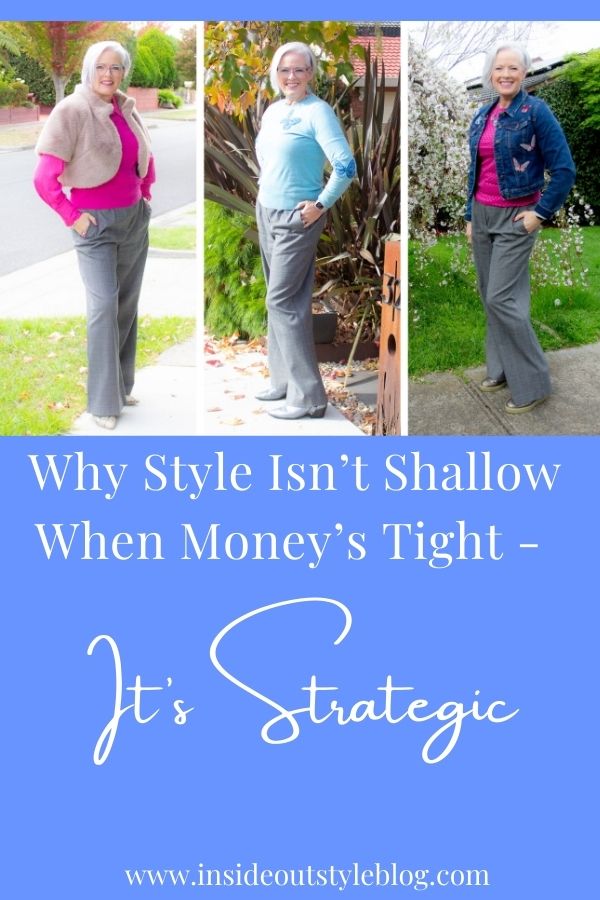When money is tight, style can feel like an unnecessary luxury. But here’s an important truth: style, when money is tight, isn’t shallow. It’s strategic.
Even in financially stressful times, how you dress can significantly impact your confidence, self-image, and even your opportunities. Style, when money is tight, isn’t about chasing trends; it’s about using what you have to support your well-being and show up as your best self.
The Psychology of Style in Lean Times
Financial challenges often trigger a “why bother” mindset about clothing. However, neglecting your appearance can slowly erode your confidence. Style, when money is tight, becomes a form of self-leadership. It helps you maintain a sense of identity and control, even when many other parts of life feel uncertain.
Style has power because it operates on multiple levels:
-
Mood regulation: Clothing influences how you feel—known as enclothed cognition.
-
Professional presence: In tough times, projecting capability matters, whether for job interviews, networking, or daily interactions.
-
Identity anchoring: Style reminds you of who you are, even when circumstances feel unstable.

You want to feel like the best version of you.
Smart Strategies for Style When Money Is Tight
Looking stylish when money is tight isn’t about buying more; it’s about using what you already have wisely.
1. Shop Your Closet First
Before you even consider purchasing anything new, assess what you already own. Create new outfit combinations, experiment with layering, and accessorise differently. Often, we overlook pieces simply because we’ve fallen into habitual ways of wearing them.

Same denim skirt, 3 outfits
If you need fresh ideas, try a style challenge like Evolve Your Style, where small daily tweaks help you see your wardrobe with new eyes.
2. Create a Personal Style Recipe
A style recipe serves as your guiding light, helping you make intentional choices. If your keywords are “confident, polished, approachable,” you can evaluate each item you wear or consider buying against those qualities. This ensures cohesion and reduces wasteful spending.
3. Prioritise High-Impact Items
When finances allow for occasional purchases, focus on what will make the biggest difference:
- Versatile layers
- Comfortable yet polished shoes
- Well-fitting jeans or trousers
- Accessories that add personality
- A hero jacket that gives you confidence and makes you stand out in a great way
- A well-placed scarf or necklace can transform basic pieces without straining your budget.

These check pants are a workhorse in my wardrobe, and they can easily be dressed up and down depending what I put with them
4. Understand Cost-Per-Wear
Price tags alone don’t tell the full story. A $150 jacket you wear weekly for five years is a far better investment than five $20 tops that sit unworn. Evaluating cost-per-wear reframes value and discourages cheap, short-term fixes.
5. Resist Panic Buys
In financially tight seasons, emotional spending can feel like a momentary relief. But impulse buys often become regrets. Before any purchase, ask:
- Will I wear this 10 or more times?
- Does it fill a true gap in my wardrobe?
- If it’s similar to something you already own, is it a better version? If not, leave it in the store.
- Does it align with my style recipe?
- Can I style it at least 3 ways?
- Does it work with my colour palette?
Style Isn’t Shallow – It’s Self-Leadership
You deserve to feel confident, competent, and aligned—regardless of your bank balance. Maintaining your personal style during difficult times isn’t vanity. It’s self-leadership. It’s saying: “I value myself enough to show up well, even when circumstances are hard.”
And when you approach style this way, you cultivate habits that serve you long after the financial storm passes.
Recommended Reading
Where to Find Unique, Interesting and Low Cost Accessories to Add to Any Outfit
Wardrobe Manipulation: My Closet Tried to Manipulate Me—and I Let It
Style is Not About Money
Why Style isn’t Shallow and Why Improving Your Style Gives You Greater Confidence







